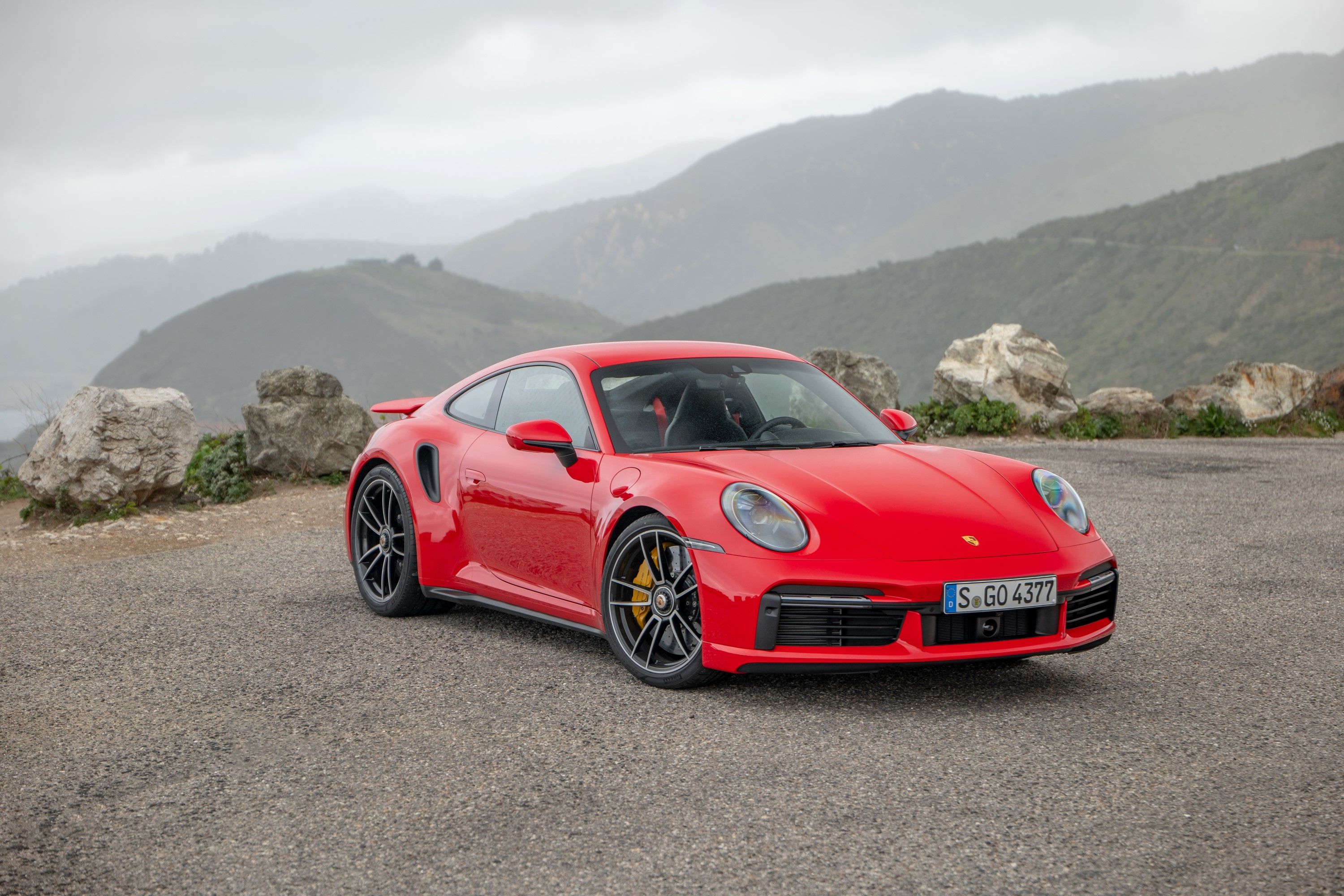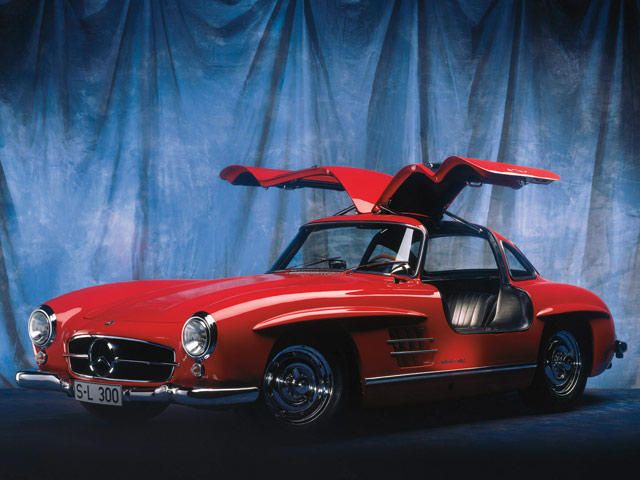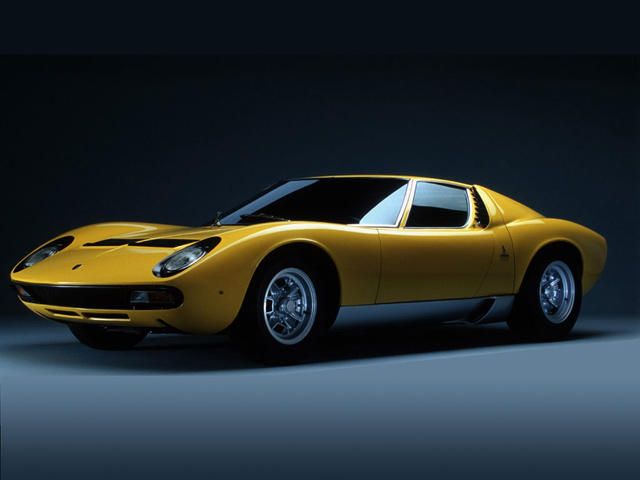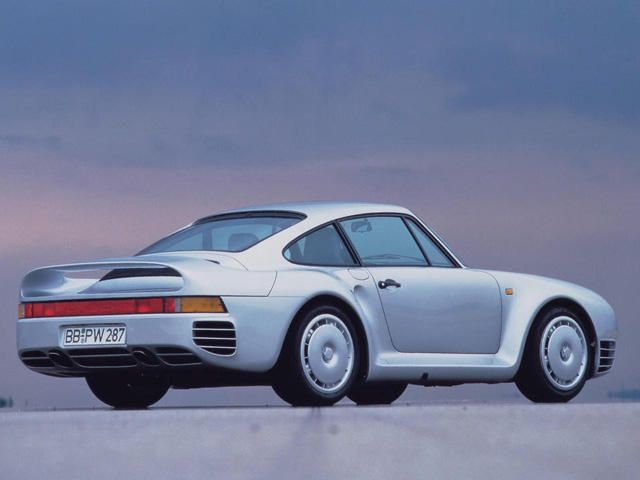
Every so often, there comes a car which is just so completely uncompromising that it can sometimes take decades for some of its design features or technology to be used in regular cars. These are cars which are truly revolutionary, and change the way we think of what can be done. There haven't been many of these, although in the 80's we were lucky enough to get two of them. The list here is of the cars which defined their eras, they were the ultimate expressions of the automobile.
1954 Mercedes-Benz 300SL - The first true supercar, in the modern sense. What most people remember about the 300SL is its trademark gullwing doors, but the 300SL was also a technological marvel. The engine was canted at a fifty-degree angle to allow for a low hoodline, one of many aerodynamic touches which the designers of other cars at the time simply didn't think of. The 300SL was also the first car to have gasoline direct injection, a feature which made the 3.0-liter engine's 212hp a huge amount for an engine that size in its day.
1966 Lamborghini Miura - The Miura was the car that put Lamborghini on the map, and also changed the look and layout of supercars forever. Long, low and wide, with a powerful mid-mounted engine and just two seats, the overwhelming majority of supercars built since have followed this formula. Lamborghini engineers merged the engine, transmission and differential into one unit, as a way to save space and weight. It also allowed for the sleek body, which was sufficiently aerodynamic to allow the Miura to be the first production car to go over 170mph.
1986 Porsche 959 - The 959 represents a divergence in the philosophy behind building supercars. It was a computerized wonder, with sophisticated computerized turbocharging and all-wheel-drive systems from which no small amount of today's supercar technology is derived. The 959 was such an amazing achievement that Porsche's more workaday 911 Turbo wouldn't catch up, performance-wise, for nearly a decade. In addition to the computer wizardry, Porsche did pioneering work with materials technology with the 959, and ultimately sold them at a loss.
1987 Ferrari F40 - The F40 was the Yin to Porsche's Yang, putting a focus on mechanical engineering, rather than computers. For all the material development that went into the 959, the F40 was in a whole different league. The Kevlar, carbon fiber and aluminum body combined with the plastic windshield and windows for an incredibly light car. Ferrari did also employ the use of turbocharging, and in the end they did make a car that was faster than the Porsche. It wasn't very comfortable, but it was indisputable evidence of the value of weight-saving.
1992 McLaren F1 - Following in the footsteps of the F40, the F1 is as close to mechanical perfection as something wrought by man can be. The F1 was so good that a version just slightly modified for track use beat out the purpose-built prototypes at La Sarthe for an overall Le Mans victory in 1995. It held the title for the fastest production car in the world for longer than almost any car in history, and is still faster than most supercars being made almost 20 years later. The F1 did this without forced induction or sacrificing any creature comforts. Simply Amazing.
2005 Bugatti Veyron - Of course, you knew this would be last. Sure, there are a handful of other supercars with this kind of speed, but the Veyron was the car to unseat the F1, so it's the game-changer. The Veyron engine is like nothing else in the world, with 16 cylinders laid out in four banks with four turbochargers, it is an engineering marvel of the sort that we may never see again. The Veyron has had several other carmakers gunning for its title, but a tweaked version of this beast once again holds the honor of being the fastest production car ever.



